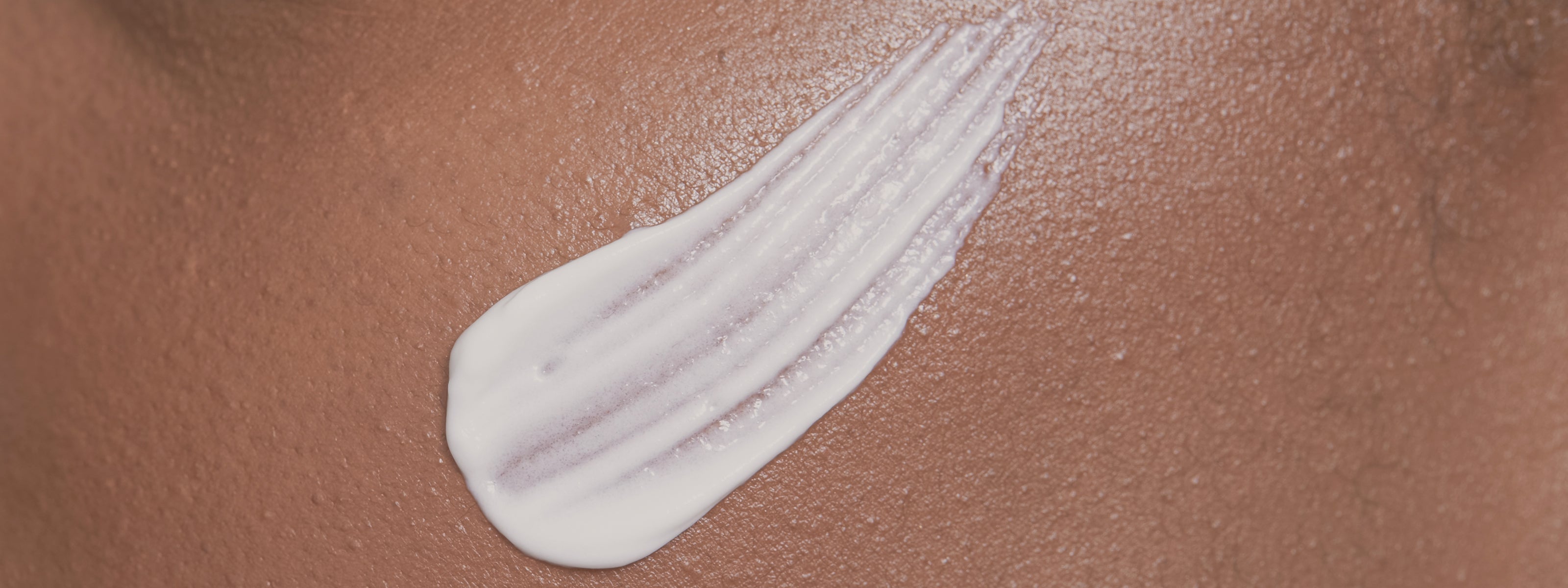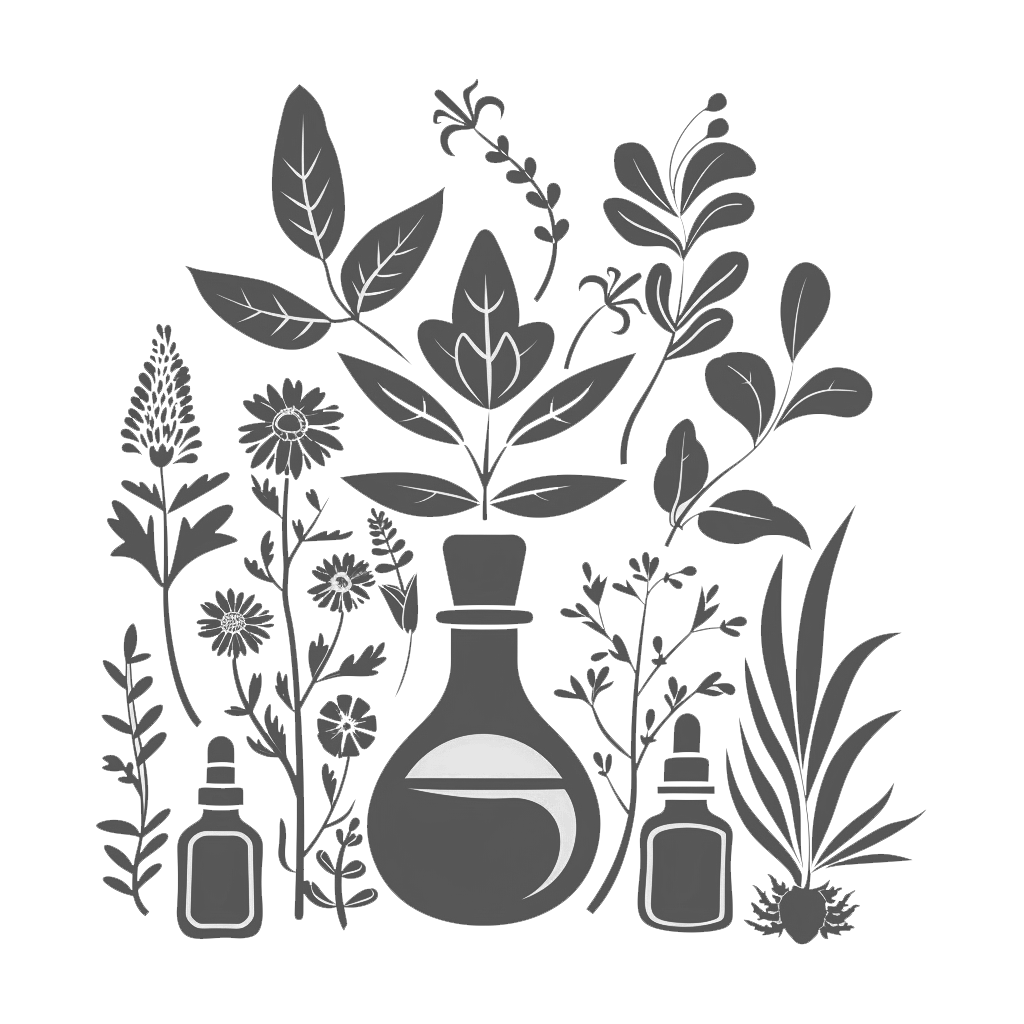
DERMATITIS AND ITS NATURAL REMEDIES
Prof. Luca Valgimigli, BeC Scientific Director
Dermatitis is a chronic inflammatory skin disorder that owes its name to the fact that it is not localized in a specific place but occurs in different areas of the body or face.
For example, it can appear in the area around the mouth and eyes, on the backs of the hands and feet, in the arms, in the creases of the elbows and knees. Although it is more frequent in the early years of life, it can however occur in children later in life or even into adulthood.
It can have a chronic relapsing pattern, i.e. it may arise in childhood and then attenuate over time until it disappears, then recur even after many years.
How does dermatitis manifest itself?
The most common symptoms of dermatitis are dry skin, cracking, redness, severe itching, flaking. It can manifest itself in the form of erythema and present the formation of vesicles: it is also called atopic eczema.
Itching is one of the most annoying and critical aspects, because it induces scratching, thus causing greater inflammation and triggering a vicious circle that aggravates the situation. Scratching can also cause abrasions and lesions that can pave the way for infections by Staphylococcus and other microorganisms that normally live on the skin or in the area under the nails.
Although atopic dermatitis is not an infectious disease and it cannot be transmitted, however it can be aggravated by the onset of this type of infection.
What are the causes of dermatitis?
The causes of dermatitis are not yet completely clarified, although much has been discovered and it is now certain that it is due to the combination of numerous factors, including: genetic (predisposition), environmental, metabolic, dietary and psychosomatic factors.
In recent years its frequency seems to be increasing at all ages, even if the reasons are not clear at all.
This suggests the importance of environmental factors such as the presence of increasing pollution, as well as their influence on the emotional state (stress, anxiety), but it also seems linked to changes in what we eat.
An important role seems to be played by the immune system: most subjects with dermatitis show an excessive reaction to external stimuli, allergens and irritants, mediated above all by type E immunoglobulins (IgE), which are not very effective in defending the organism and are normally involved in the onset of allergies.
However, it is not clear whether this behavior of the immune system is the cause of dermatitis or a consequence of other factors.
Several studies indicate that dietary factors play an important role in dermatitis a recent study, in particular, highlights how the mother's diet and the incorrect balance of polyunsaturated lipids during pregnancy cause a familial predisposition to dermatitis in the child.
The importance of the lipids of the stratum corneum and the hydro-lipid barrier
Several studies highlight that at the basis of dermatitis there are alterations in the composition of skin lipids.
Among the most significant alterations, in dermatitis differences in the content of essential fatty acids are observed compared to normal skin, with an increased presence of monounsaturated fatty acids (MUFA) to the detriment of polyunsaturated fatty acids (PUFA); furthermore, the balance within the polyunsaturated fatty acids is also altered, with a reduced content of long-chain essential fatty acids such as docosahexaenoic acid (DHA) and with a altered ratio between omega-3 and omega-6
In dermatitis, the reduced activity of an enzyme, delta-6-desaturase, is observed, which causes an increased acid content alpha-linolenic and reduced content of gamma-linolenic acid and of stearidonic acid which have an anti-inflammatory action and regulate the function of the immune system.
Some studies demonstrate how these variations are not coincident but are the cause of the main manifestations linked to dermatitis, such as dryness of the skin, desquamation and the alteration of the physiological hydro-lipid barrier which constitutes the skin's main defense against external agents.
What are the consequences of dermatitis?
In addition to itching, which is sometimes difficult to bear, dermatitis often leads to thickening of the skin with hyperkeratosis and the formation of papules and indurations (lichenification), which are very difficult to reverse.
The consequences may not only be localized to the skin: a recent study shows that adult people with dermatitis have an increased risk of bone fractures, proportional to its severity. Therefore it is important not to underestimate it, even if slight, and treat it promptly.
Remedies for dermatitis: how can it be cured?
There is no definitive pharmacological therapy for dermatitis. In the acute phase it can be treated with anti-inflammatories such as cortisone and hydrocortisone or with more powerful corticosteroids.
However, the effectiveness reduces over time, requiring an increase in dosage with important side effects, including compromise of the immune defenses.
It is often necessary to suspend the treatment and alternate it with cycles in which only a moisturizing cream is applied to keep the skin soft and reduce itching. Infusions of lemon balm, valerian, scolzia, passionflower and hops or food supplements containing them as Tranquilla Mente, by relieving anxiety, can act on psychosomatic causes.
Furthermore, supplements rich in plant extracts with anti-inflammatory action such as Leni Mal, rich in Boswellia, Turmeric and Tanacetum, can help.
Some Education show that the acid intake gamma-linolenic (GLA ) reduces the manifestations of dermatitis and the need for corticosteroids. Therefore a diet that includes borage oil , and blackcurrant very rich in GLA could help. Algae such as Schizochytrium or oily fish rich in DHA could also alleviate the condition.
BeC has formulated a unique specific treatment: the cream lino-dÉrmA rich in algal DHA, gamma-linolenic acid and stearidonic acid, as well as essential fatty acids from blackcurrant, borage and echium , in an exclusive highly bioavailable form, and carefully balanced to restore the correct balance of omega-3 and omega-6.
The formula aims to rebuild the physiological hydrolipidic barrier. Furthermore, it contains a synergy of plant extracts with anti-inflammatory action such as chamomile , eucalyptus , cumin and aloe , and has demonstrated a soothing action identical to hydrocortisone ointment, despite being completely natural and free of side effects.
The hydrating and emollient active ingredients keep the skin hydrated and elastic, keeping itching away.
Due to its unique characteristics it could represent the ideal natural remedy for dermatitis at all ages.






Leave a comment
This site is protected by hCaptcha and the hCaptcha Privacy Policy and Terms of Service apply.